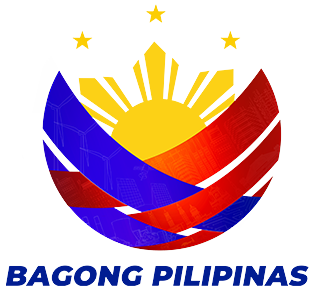Mining Engineering
“Mining Engineering Law of the Philippines.”
Definition of Terms: A person shall be deemed to be practicing mining engineering or rendering mining engineering service within the meaning and intent of this Act who shall, for a fee, salary or other reward of compensation, paid to him or through another person, or even without such compensation, render or offer to render by means of signs, cards, advertisements, written reports, and/or in any other manner offer to practice mining engineering in the form of consultation, investigation, mining reports, valuation and ore reserve calculation; take charge of, direct and/or supervise underground and/or surface mining, opencuts, pits and/or quarries; shaft sinking, tunneling, stopping, dredging, hydraulicking and sluicing for minerals and/or mineral products: Provided, That the above functions are exercised in a responsible and independent capacity.
Mining engineering was introduced to the Philippines by the Americans. By virtue of Republic Act No. 4274, also known as the “Mining Engineering Law,” the Board of Mining Engineering was created on June 19, 1965 to regulate the practice of the profession.
The Board was then lenient with the entry of foreign mining engineer practitioners since they owned or financed most of the country’s mining companies. The roll of mining engineers then was comprised mostly of American practitioners.
The first Board of Examiners was composed of government scholars from foreign mining engineering universities and well known for developing the country’s mines and mineral processing plants. They were Engrs. Jones R. Castro, David P. Cruz, Pablo Capistrano, Alfredo San Miguel, Regino Relova, and Vicente Roque, Jr.
The Code of Ethics of Mining Engineering was adopted on January 10, 1986. A few years later in 1994, the Board was given regulatory and quasilegislative functions, in addition to administering the licensure examinations. The move opened more doors for the Board to improve its operations. In 1994, the Board implemented the full computerization of its licensure examinations, thus releasing the examination results on the last day of the examination. It drafted the first syllabi for fully computerized mining engineering licensure examinations and established the first CPE Council for Mining Engineering to ensure the strict implementation of the Continuing Professional Education program.
Republic Act No. 4274*
An Act to Regulate the Practice of Mining Engineering, to Provide for Licensing and Registration of Personnel of Mines and Quarries, and for Other Purposes
Be in enacted by the Senate and House of Representatives of the Philippines in Congress assembled: *As amended by RA 5677. 1Now Board for Mining Engineers. 2Now Prime Minister. 3Now Board for Mining Engineers.4Now Prime Minister.5Superseded by PD 223, promulgated June 22, 1978. 6Now Prime Minister. 7Now Professional Regulation Commission.
Philippine Society of Mining Engineers (PSEM)
c/o Petro Resources Corporation
201 Manila Luxury Condominium
Pearl Drive corner Gold Loop
Ortigas Center, Pasig City
Date of Accreditation : April 15, 1983
Website: http://www.psem.ph/
In 1945, mining engineers joined the metallurgical and geological engineering professions under a single professional association named the Philippine Society of Mining, Metallurgical, and Geological Engineers (PSMMGE).
The association established regional chapters in Baguio, Lepanto, Philex, Cebu, Marinduque and Negros Occidental. Several years later, the three professions worked for the enactment of their own regulatory laws and eventually formed their own respective professional associations.
The Philippine Society of Mining Engineering (PSEM) was accredited by PRC on April 15, 1983 as the national professional organization of mining engineers. While a distinct organization, the PSEM remains a member of PSMMGE, now renamed Philippine Institute of Mining, Metallurgy, and Geological Engineers (PIMMGE).
The PSEM has at present 2,576 duly registered mining engineer members in the country.
Qualification of Board Members
The members of the Board shall at the time of appointment:
- Be a citizen of the Philippines;
- Be a holder of the degree of Engineer of Mines, E.M.; Bachelor of Science in Mining Engineering, B.S.E.M., conferred by any engineering school or college, legally chartered and of good standing;
- Be registered and legally qualified to practice mining engineering in the Philippines;
- Has been engaged in the actual practice of mining engineering, metallurgical engineering and/ or geology for at least ten years, five of which must be in the field of mining engineering;
- Not to be member of the faculty of any school, college or university, where a regular course in mining engineering, geology and/or metallurgy is taught, nor have pecuniary interest in such institution;
- Recommended by the corresponding bona fide professional mining engineering society.


